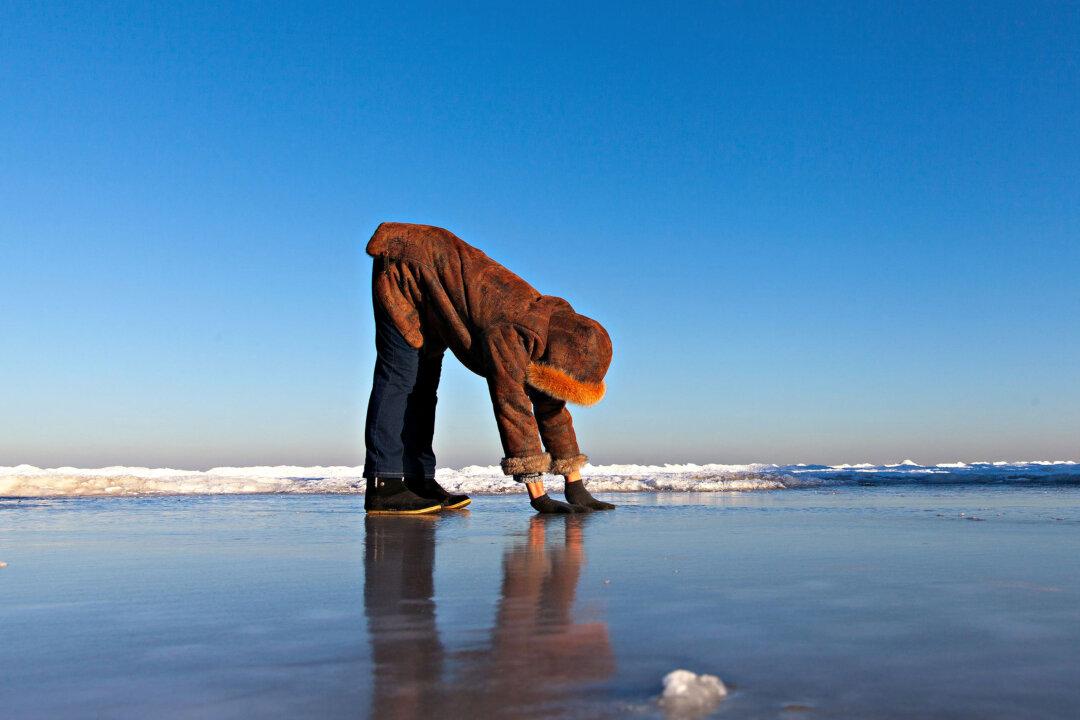Let’s face it: Being in chronic pain is awful. It creeps into every aspect of life. Your sleep may suffer, it’s tough on loved ones, and you feel like there are so many things that you can’t do. Over time, being in unrelenting pain is frustrating and wears you down.
Drug-Free Help for Chronic Pain
Before popping pills, try these gentle alternative treatments

Stretching, yoga, and other forms of exercise can help alleviate pain without the use of drugs. KatarzynaBialasiewicz/iStock
|Updated:




